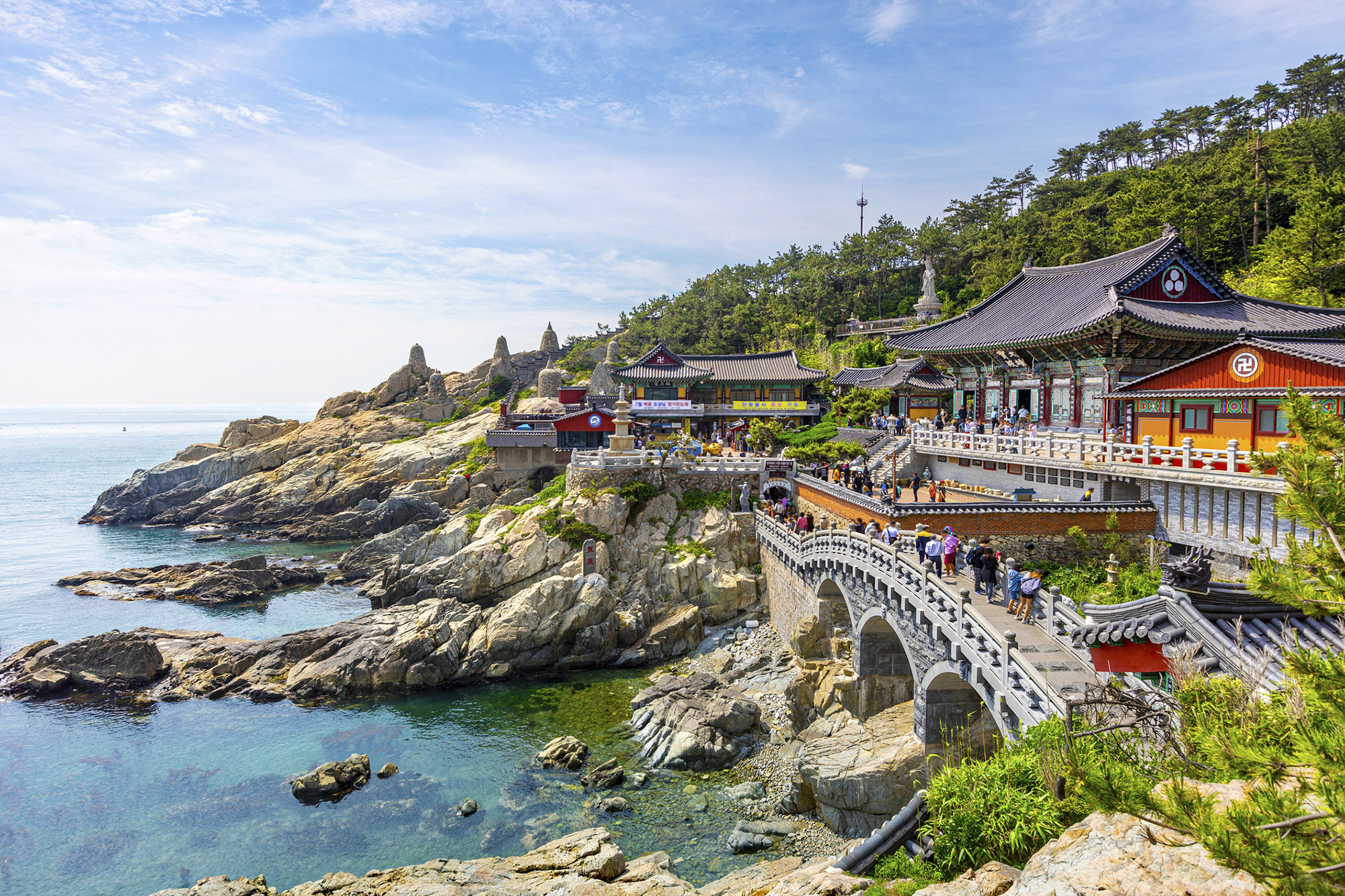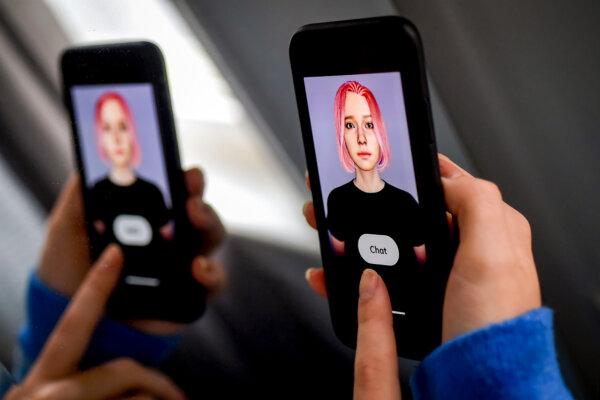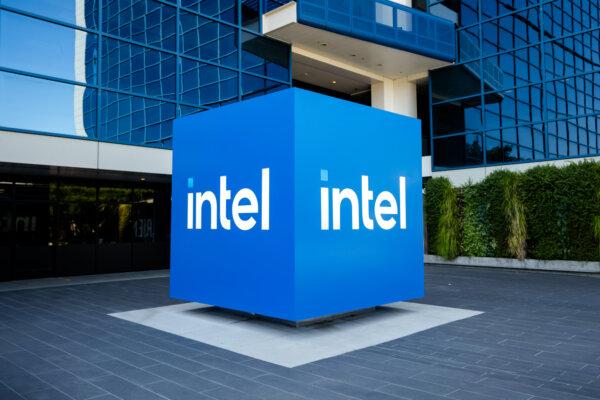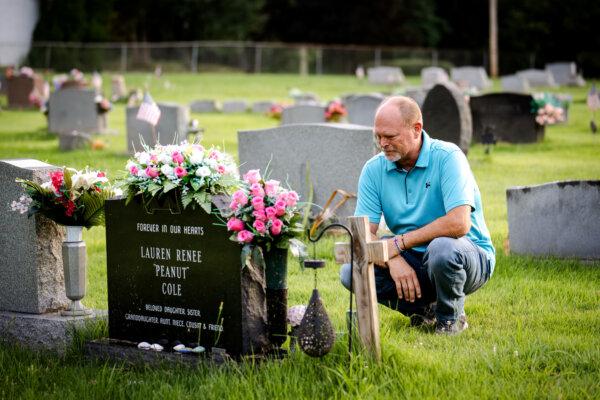When people picture South Korea, they often think of Seoul, its sprawling capital. But there’s no doubt: Perched at the southernmost tip of the peninsula, Busan has soul too. The country’s second city has grown by leaps and bounds in the last half-century. “This was once just a small fishing town,” a guide told me on a recent visit, noting that after the Korean War and the 1953 ceasefire, people moved down here in droves, away from the border and demilitarized zone. “We’re far away from the 38th parallel.”
These days, Busan is a boomtown. Its metropolitan population of about four million is distributed in dramatic fashion. Sparkling skyscrapers climb sharply up hillsides and curl around curving coves. On all of my three visits, I’ve arrived by water, perhaps the best way to fully appreciate the city’s urban splendor. I pass blue bays, traversed by impossibly high bridges, all of it backed by a skyline that looks like something from the future. It’s a lot to explore in a single day—but here’s a plan for getting the most out of 24 hours in beautiful Busan.










